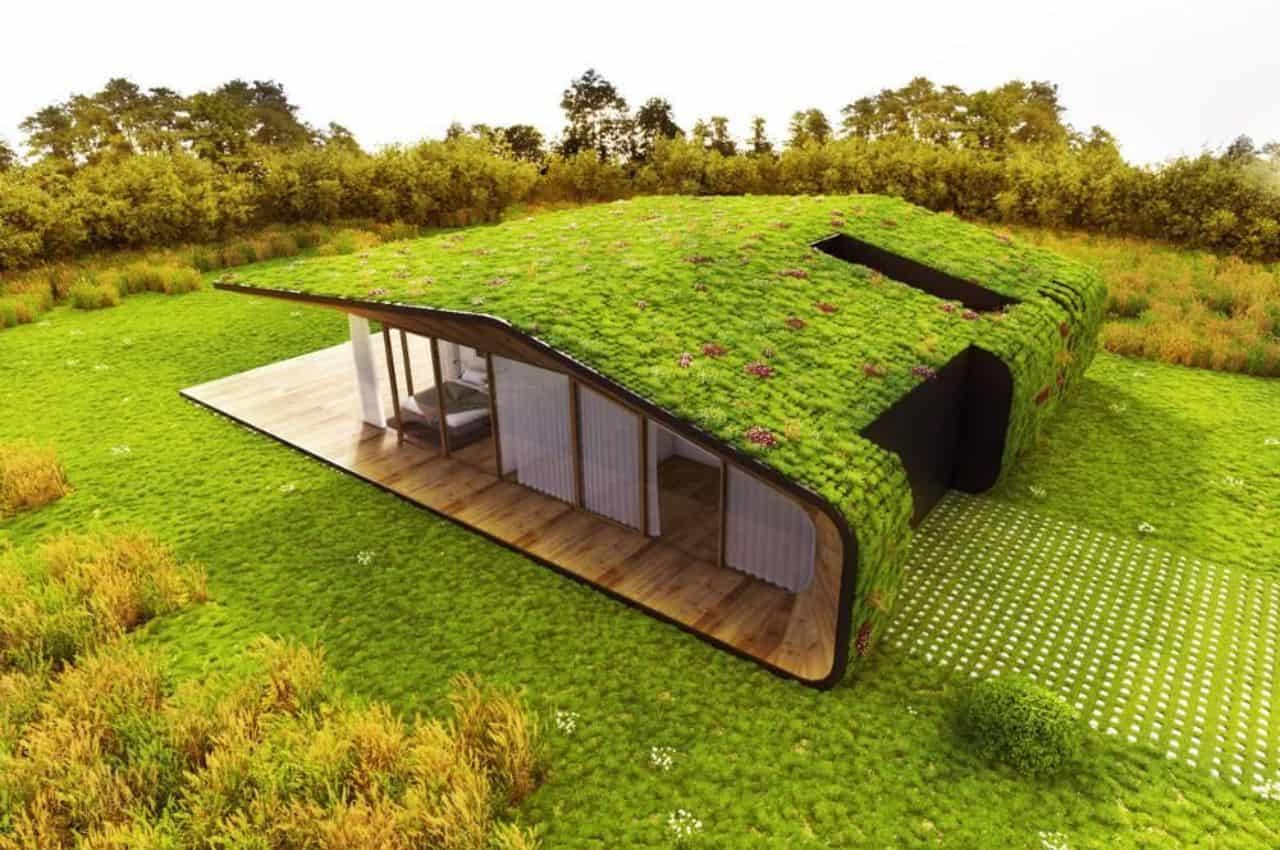In contemporary society, there’s a pressing need to shift towards more responsible living, and this movement extends into the domain of home construction. Sustainable home building is more than an environmental statement; it’s a comprehensive practice towards reducing our carbon footprint, creating energy-efficient dwellings, and championing eco-friendly materials. With organizations like New Home Star leading by example, the housing industry is steered towards a future where home sales and sustainability go hand in hand.
Key Takeaways:
- Eco-Friendly Materials Reduce Carbon Footprint
- Energy-Efficient Designs Can Lead to Cost Savings
- Sustainable Practices Support Healthier Living Spaces
- Regulations and Certifications Guide Sustainable Building
Contents
- 1 Introduction to Sustainable Home Building
- 2 The Role of Eco-Friendly Materials in Construction
- 3 Designing Energy-Efficient Homes
- 4 Long-Term Cost Benefits of Sustainable Homes
- 5 Health and Environmental Advantages
- 6 Understanding Green Building Certifications
- 7 How to Get Started with Sustainable Building
Introduction to Sustainable Home Building
As the planet faces environmental challenges, sustainable home building has emerged as a pivotal strategy to mitigate some of these issues. These practices do not compromise on a residence’s aesthetic or functional aspects but rather enhance them through innovative design and thoughtful selection of materials. Incorporating a sustainable approach into home construction addresses various concerns, from reducing energy consumption to providing a cleaner living environment for homeowners.
The Role of Eco-Friendly Materials in Construction
The foundation of any sustainable building lies in its materials. Natural and recycled materials are cornerstones of this approach, allowing builders to minimize environmental degradation. Builders can significantly reduce the ecological impact by opting for sustainably harvested lumber, recycled metal or low-VOC (volatile organic compounds) paints. It is through conscientious selections like these that the construction industry is evolving, and resources such as the Environmental Protection Agency’s guidelines on sustainable materials play an instrumental role in this transformation.
Designing Energy-Efficient Homes
An essential feature of a sustainable home is its efficient use of energy. This can be achieved through architectural designs that maximize natural light and ventilation, significantly reducing the need for artificial lighting and climate control. Energy-efficient homes are known for reducing utility bills and providing a comfortable living environment all year round. Incorporating renewable energy sources, such as solar or wind power, decreases reliance on fossil fuels and encourages a more self-sufficient household.
Long-Term Cost Benefits of Sustainable Homes
While some may balk at the higher costs of sustainable home building, the long-term financial benefits are compelling. Sustainable homes are designed to be more durable, minimizing the need for repairs and replacements over time. Energy savings from better insulation and solar energy can amount to significant financial savings throughout the lifespan of the home. Additionally, green homes often enjoy higher resale values due to their modern amenities and lower operating costs.
Health and Environmental Advantages
Building sustainably goes beyond energy savings and cost benefits; it fundamentally improves the quality of life. Homes designed with non-toxic materials and efficient ventilation systems offer cleaner indoor air, particularly beneficial for individuals with allergies or respiratory issues. The reduced need for heating and cooling lowers utility bills and curtails emissions that are harmful to the environment, thereby facilitating a healthier planet.
Understanding Green Building Certifications
The push for sustainable building has led to the development of various green certifications, with LEED being one of the most well-known and respected. Homeowners and builders who attain LEED certification are committed to sustainable principles that influence every aspect of the construction process. Points are awarded for meeting specific green building criteria, resulting in a graded certification that validates the home’s environmental friendliness and efficiency.
Through this certification, builders and homeowners can mark their contribution to a sustainable future and gain recognition for their efforts. The U.S. Green Building Council’s LEED certification serves as a benchmark many aspire to achieve, heralding a new wave of environmentally conscious homes.
How to Get Started with Sustainable Building
Starting on the path of sustainable building may appear daunting, but with the right resources and expert guidance, it’s an achievable goal. Seeking out architects, contractors, and suppliers who specialize in ecological materials and design is crucial.
Planning with sustainability in mind from the outset and staying informed on the latest green building practices and technologies ensures a robust foundation for any sustainable home project. Committing to sustainable building practices represents an investment not only in personal well-being but also in the long-term health of our environment.
